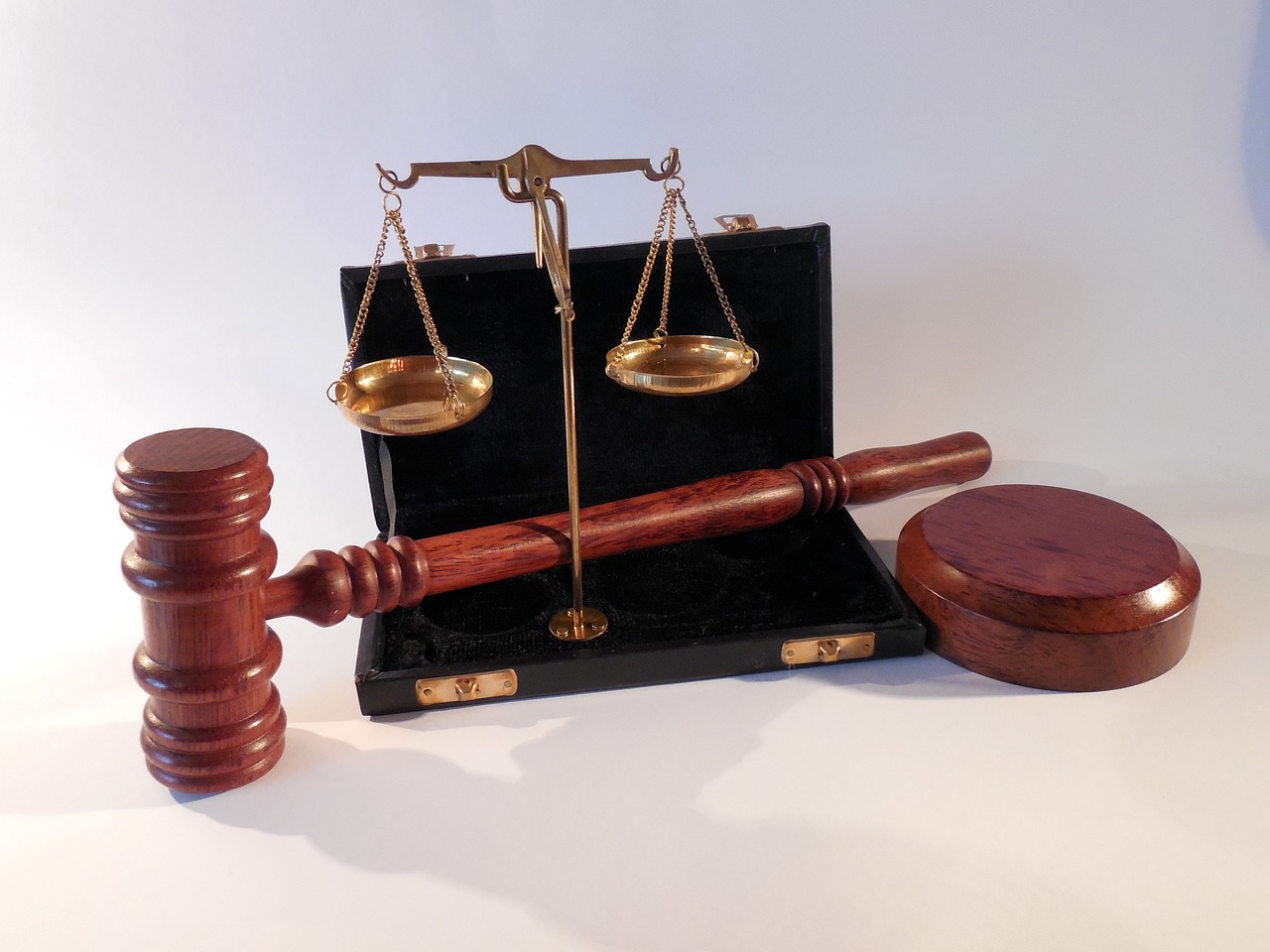The intersection of law, climate change, and its impact on society is a rapidly evolving area of study and policy. Here’s an overview of key aspects:
📜 Law for a Changing Climate
Laws designed to address climate change fall under several categories:

1. Environmental and Climate-Specific Legislation
These are laws directly targeting emissions, sustainability, and environmental protection.
- International Treaties:
- Paris Agreement (2015): Aims to limit global warming to below 2°C, preferably 1.5°C.
- Kyoto Protocol: Earlier attempt to set binding emission targets.
- National Laws and Policies:
- Examples: U.S. Inflation Reduction Act (2022), EU’s European Green Deal.
- Often include carbon pricing, subsidies for renewables, emissions caps.
2. Climate Litigation
Individuals, communities, and NGOs are increasingly using the courts to:
- Hold governments and corporations accountable.
- Demand stronger climate action.
- Protect vulnerable populations.
Examples:
- Urgenda Foundation v. Netherlands: Court ordered Dutch government to cut emissions.
- Youth-led lawsuits like Juliana v. United States.
3. Regulatory and Planning Law
- Building codes, land use planning, and infrastructure policies now consider climate resilience.
- Zoning laws are being updated to prevent development in flood-prone areas or to promote green infrastructure.
🌍 Impact on Society
Climate law has far-reaching social implications:
1. Equity and Environmental Justice
- Vulnerable and marginalized communities are often hit hardest by climate impacts.
- Legal frameworks are starting to include environmental justice principles:
- Ensuring fair treatment in environmental policy.
- Protecting Indigenous land rights and traditional knowledge.
2. Human Rights
- Climate change is increasingly framed as a human rights issue.
- Right to life, health, food, water, and housing.
- UN bodies recognize a clean, healthy environment as a human right (2021).
3. Migration and Displacement
- Rising sea levels, droughts, and extreme weather are displacing communities.
- There’s legal ambiguity around “climate refugees”, as existing frameworks (like the 1951 Refugee Convention) don’t yet fully apply.
4. Economic and Labor Shifts
- Laws supporting a just transition aim to protect workers as economies move from fossil fuels to green energy.
- Legal tools are used to retrain workers, fund green jobs, and support impacted regions.
⚖️ Future Directions
- Climate adaptation law: Laws will increasingly focus on preparing for inevitable impacts—heat, storms, food insecurity.
- Corporate accountability: Mandatory climate disclosures, ESG regulations, and net-zero commitments will be more heavily regulated.
- Youth and future generations: Legal innovations may increasingly consider the rights of future generations in decision-making.
If you’re exploring this for a project or essay, I can help outline it more formally or provide case studies—just let me know what angle you’re most interested in (legal frameworks, social justice, climate litigation, etc.)!










